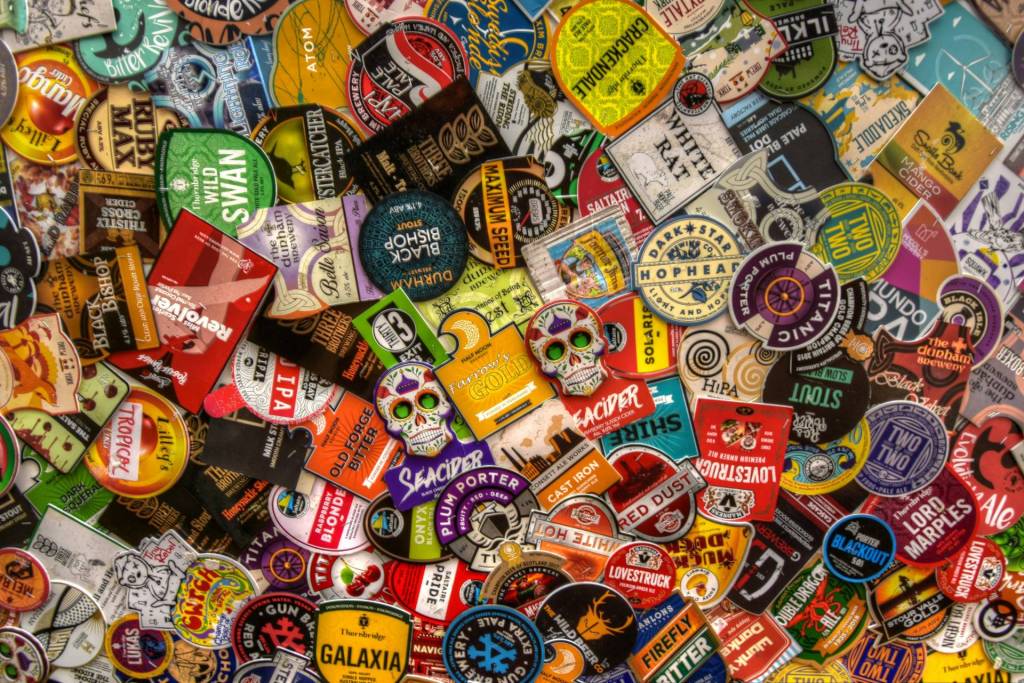How you talk on-camera is different from how you write. It’s also different from how you talk to your colleagues at the office. At the office, you have your own internal lingo, right? Let’s say you are a web consultant—you and your co-workers throw around acronyms like SEO, ROI, & API like crazy. You talk about A/B testing, acquisition strategy, and click bots.
But if you are going on on-camera, whether as a TV guest or making your own video, you’ll need to leave the lingo at the office and translate those phrases into plain English.
I don’t mean you need to dumb down your information, just find a conversational way of explaining your topic.
For example, here’s a line from a press release:
“Companies that use properly optimized websites with carefully constructed sales funnels dramatically increase their revenue or broaden their exposure to potential customers.”
And here’s what you could say on-camera:
“How your website looks and works is key to attracting more visitors and then turning them into customers.”
Read both sentences aloud. No one talks like the first sentence but the second one could actually come out of a human being’s mouth. Maybe the second sentence doesn’t sound as fancy as the first but it’s comprehensible straight away. The jargon is gone. Getting rid of clichés and dense statistics while adding an anecdote are other ways of connecting with an audience quickly through on-camera langauge.
Concise and clean language is especially important for video because viewers consume it differently than text or audio: video viewers are watching AND listening…and probably eating their lunch or checking their calendar all at the same time. If they have to translate your jargon too, they probably aren’t going to take in much of what you are saying.
So when you go on-camera, don’t worry about impressing your colleagues—just think about connecting with your viewer. If your company is making a lot of video, you may want to take a list of commonly used “inside phrases” and translate them into “normal” language. If needed, you can get your legal department to approve the list. Then give that list to any of your colleagues who are being interviewed or making video.
I’m counting down the Top Ten ways to make great video. Check out #10: Video with Value and check back next week for #8.
Author:
Manoush Zomorodi’s on-camera expertise comes from years of reporting and producing for BBC News and Reuters Television. For more tips and techniques, check out Manoush’s ebook Camera Ready: How to Prepare Your Best Self & Ideas On Air and Online and follow her on Twitter @manoushz.












